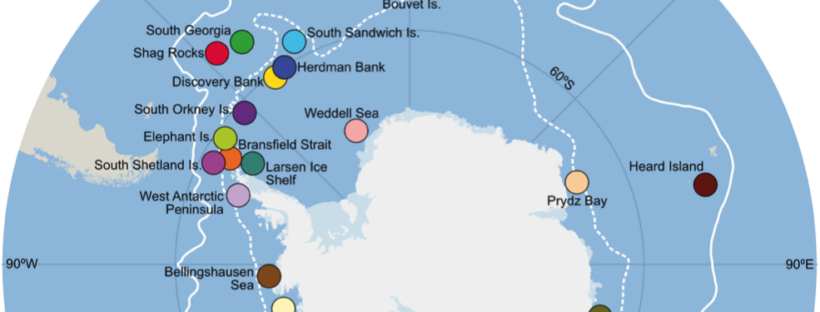New paper by Sally, Catarina and Jan in Ecology & Evolution, uses COI sequences to investigate the population genetic patterns of the Antarctic brittle stars Ophionotus victoriae and O. hexactis with contrasting life histories (broadcasting vs brooding) and morphology (5 vs 6 arms). They found that, throughout the Pleistocene glacial maxima, O. victoriae likely persisted in deep sea refugia; whereas O. hexactis likely persisted in Antarctic island refugia. This work proposes the evolutionary innovations in O. hexactis (increase in arm number and a switch from broadcast spawning to brooding) could be linked to survival within island refugia, which open up new avenues for future genomic research!
